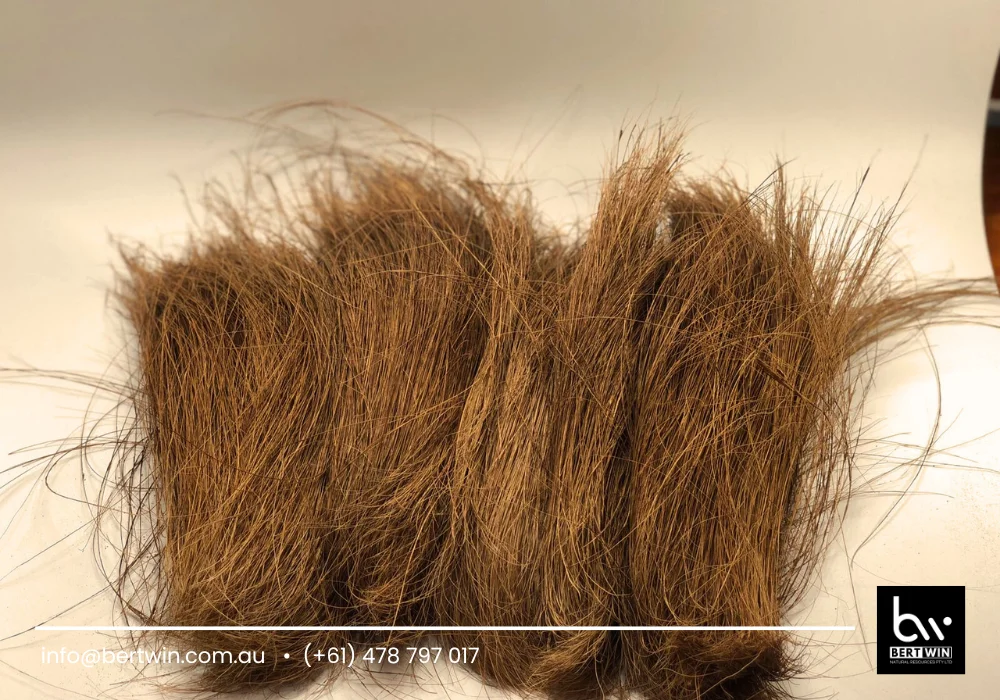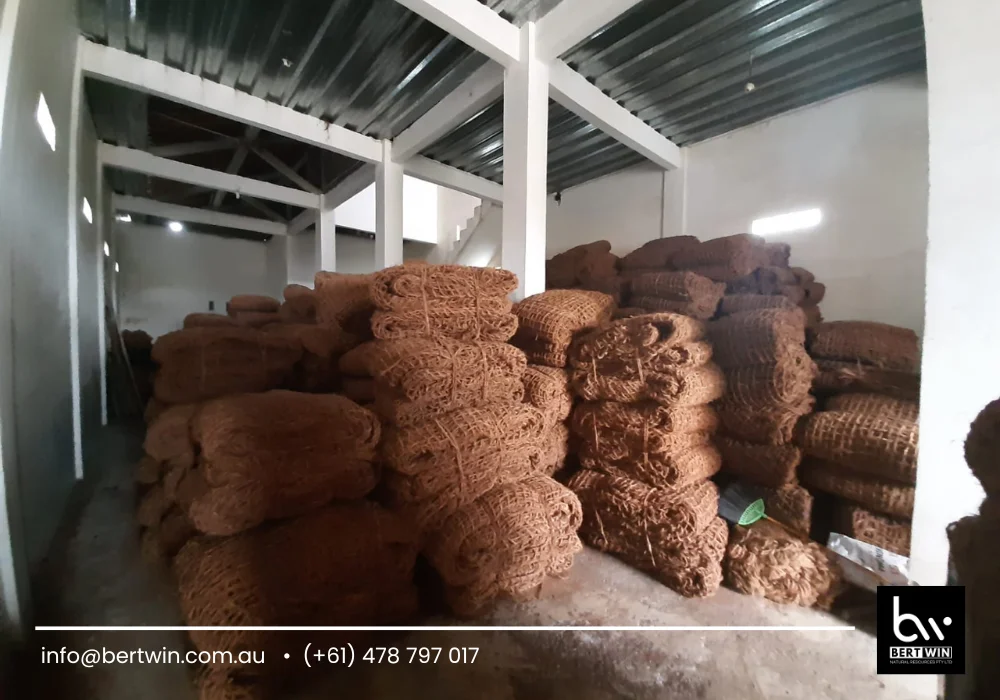Coir fiber applications have expanded widely in recent years due to the material’s sustainability, durability, and versatility. Extracted from the outer husk of coconuts, coir fiber is a natural, renewable resource that offers eco-friendly alternatives across multiple industries. This article delves into various coir fiber applications, highlighting their benefits, common uses, and the growing importance of this natural fiber in today’s world.

What Are Coir Fiber Applications?
Coir fiber applications refer to the diverse ways in which coir, a coarse natural fiber from coconut husks, is utilized in products and industries. These applications range from agriculture and horticulture to construction and household items. Due to its unique physical properties, coir fiber has found increasing demand as a sustainable material substitute for synthetic fibers.
Common Coir Fiber Applications
Agriculture and Horticulture
One of the most prominent coir fiber applications is in agriculture and horticulture. Coir fibers are used to produce growing media such as coir pith or coco peat, which enhances soil aeration and moisture retention, improving plant health and growth. Additionally, coir mats and liners are widely used for erosion control on slopes and riverbanks, helping to stabilize soil and promote vegetation.
Home Furnishings and Upholstery
Coir fiber is a popular material in the manufacture of mattresses, cushions, and upholstery padding. Its natural resilience and springiness provide comfort and durability. Moreover, coir rugs and mats are appreciated for their strength and natural aesthetic, often serving as eco-friendly alternatives to synthetic floor coverings.
Geotextiles and Environmental Management
Coir fiber applications extend into environmental management with coir geotextiles used to prevent soil erosion, control sediment, and support land reclamation projects. These biodegradable mats gradually decompose, enriching the soil while providing temporary protection during vegetation establishment.
Industrial Uses
In the industrial sector, coir fiber is used to produce brushes, ropes, mats, and door mats. Its rough texture and durability make it suitable for scrubbing and other heavy-duty uses. Coir ropes are also preferred for their strength and resistance to saltwater, making them ideal for maritime and agricultural purposes.
Advantages of Using Coir Fiber

Sustainability and Eco-Friendliness
A key benefit of coir fiber applications is their contribution to environmental sustainability. Coir is a renewable resource obtained from coconut husks, which are often considered agricultural waste. Utilizing coir reduces waste and lowers reliance on synthetic fibers derived from non-renewable petroleum sources.
Durability and Natural Resistance
Coir fiber is naturally coarse and robust, offering excellent resistance to wear and tear, moisture, and microbial attack. These qualities make coir-based products durable and long-lasting, even in challenging outdoor environments.
Biodegradability
Unlike many synthetic materials, coir fiber is biodegradable and decomposes naturally, minimizing environmental pollution. This makes coir fiber applications ideal for temporary products such as erosion control mats that improve ecosystems without leaving harmful residues.
Challenges and Considerations
While coir fiber applications have many benefits, there are challenges to consider. Coir fiber tends to be coarse, which limits its use in products requiring soft textures unless blended with other fibers. Processing and quality control are also crucial to ensure uniformity and performance.
Furthermore, as demand for coir fiber grows, sustainable harvesting and processing practices must be maintained to prevent ecological damage and support the livelihoods of coconut farmers.
Future Prospects of Coir Fiber Applications
The demand for sustainable materials is expected to increase, driving innovation in coir fiber applications. Researchers are exploring ways to enhance coir fiber properties through treatment and blending techniques, expanding its use into automotive components, biodegradable packaging, and composite materials.
The continued growth of green building and agriculture sectors worldwide will further boost the relevance of coir fiber as an environmentally responsible choice.
Conclusion
Coir fiber applications offer versatile, eco-friendly solutions across numerous fields including agriculture, home furnishings, environmental protection, and industry. Its natural durability, sustainability, and biodegradability make it a valuable resource for a greener future. As interest in sustainable materials continues to rise, coir fiber stands out as a practical alternative to synthetic fibers, benefiting both the environment and economy.
For further information, you may contact WhatsApp at (+61) 478797017 or via email at info@bertwin.com.au.
